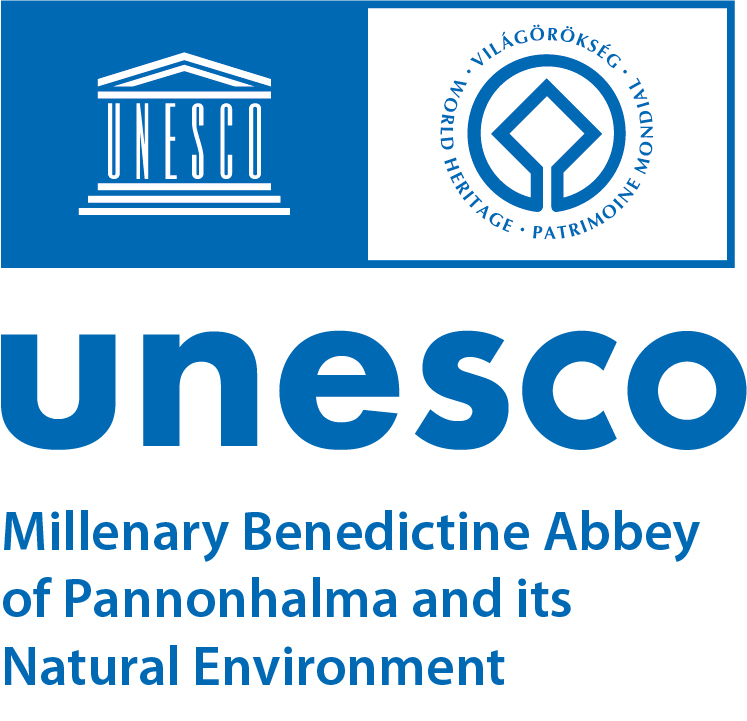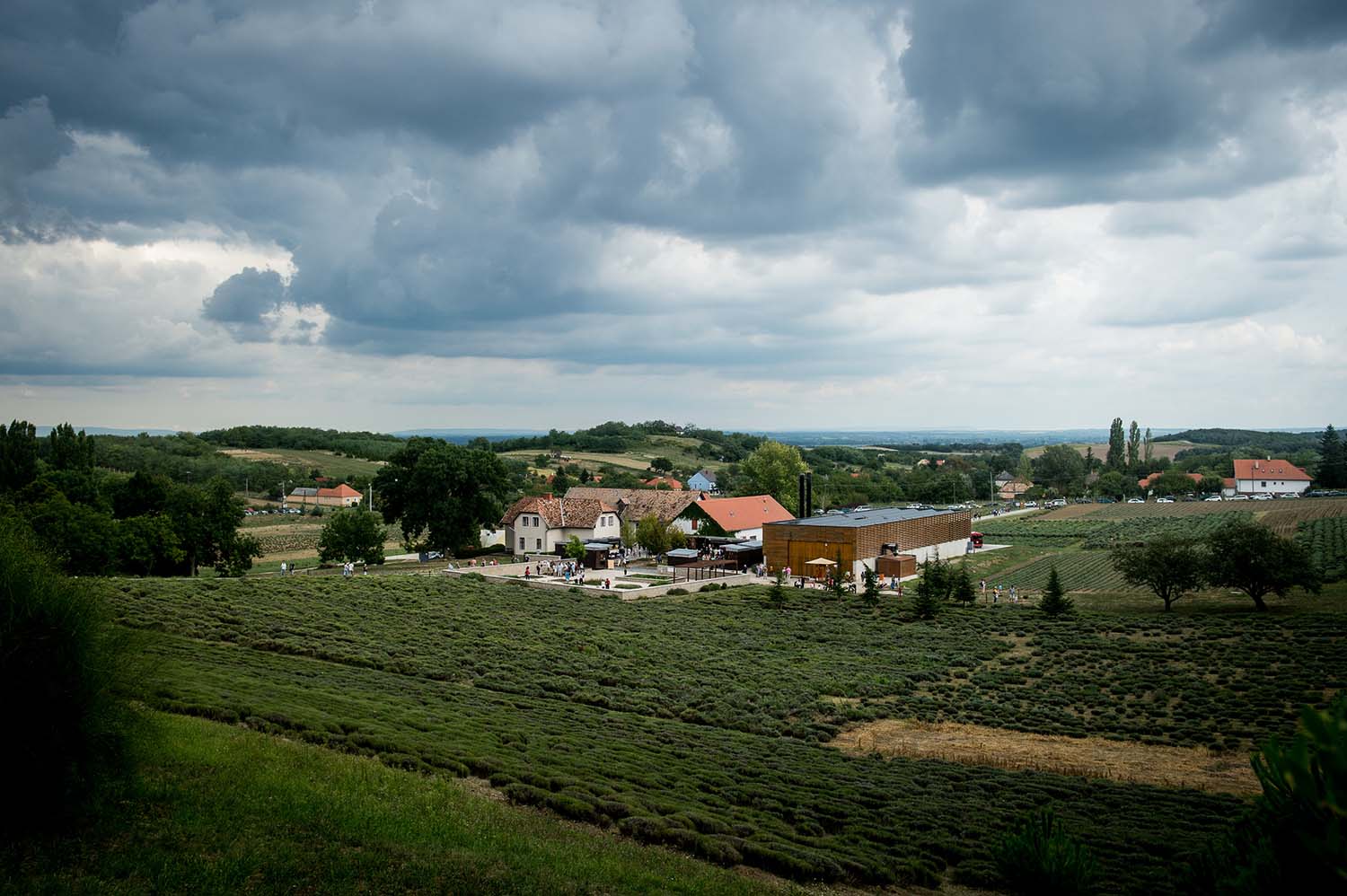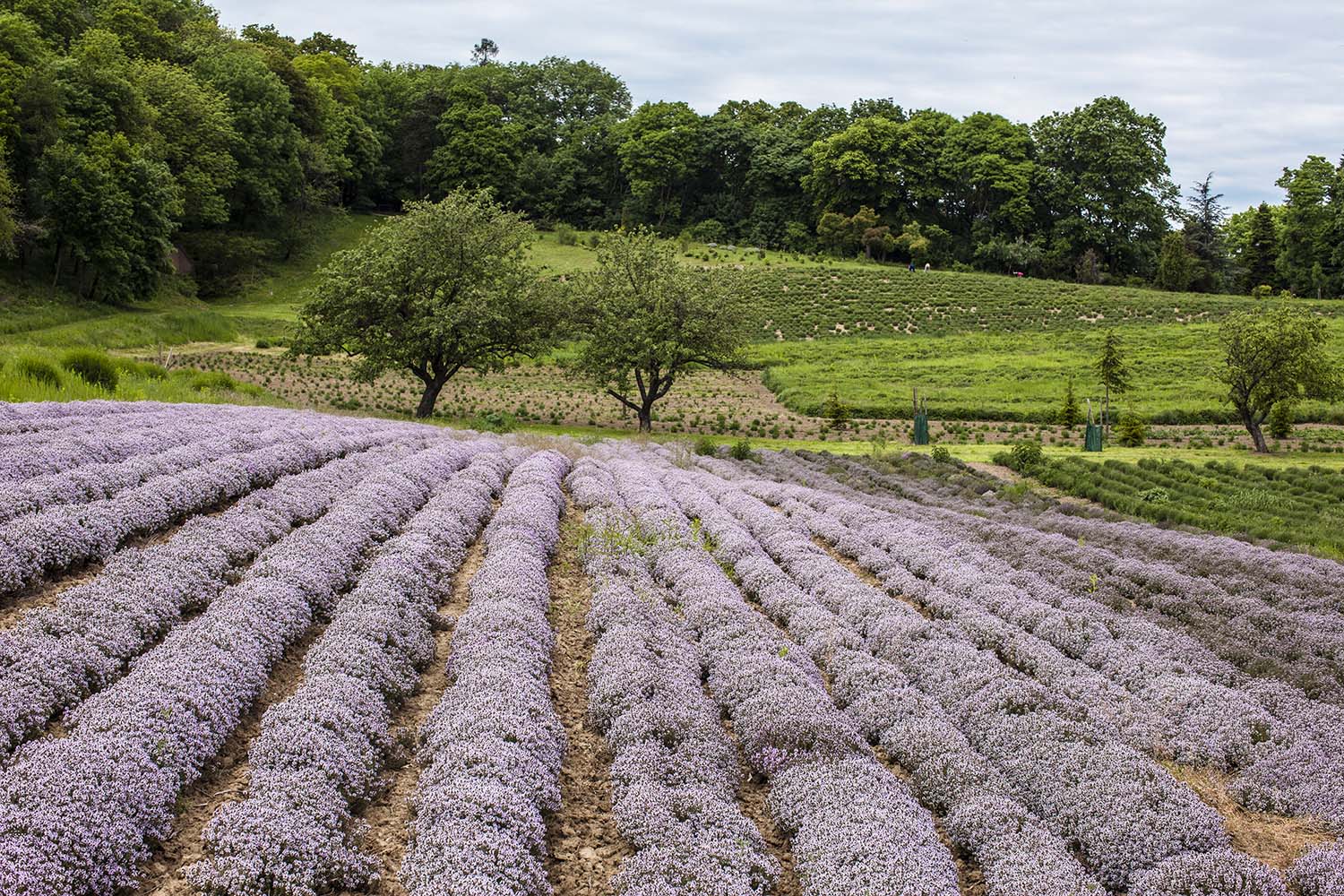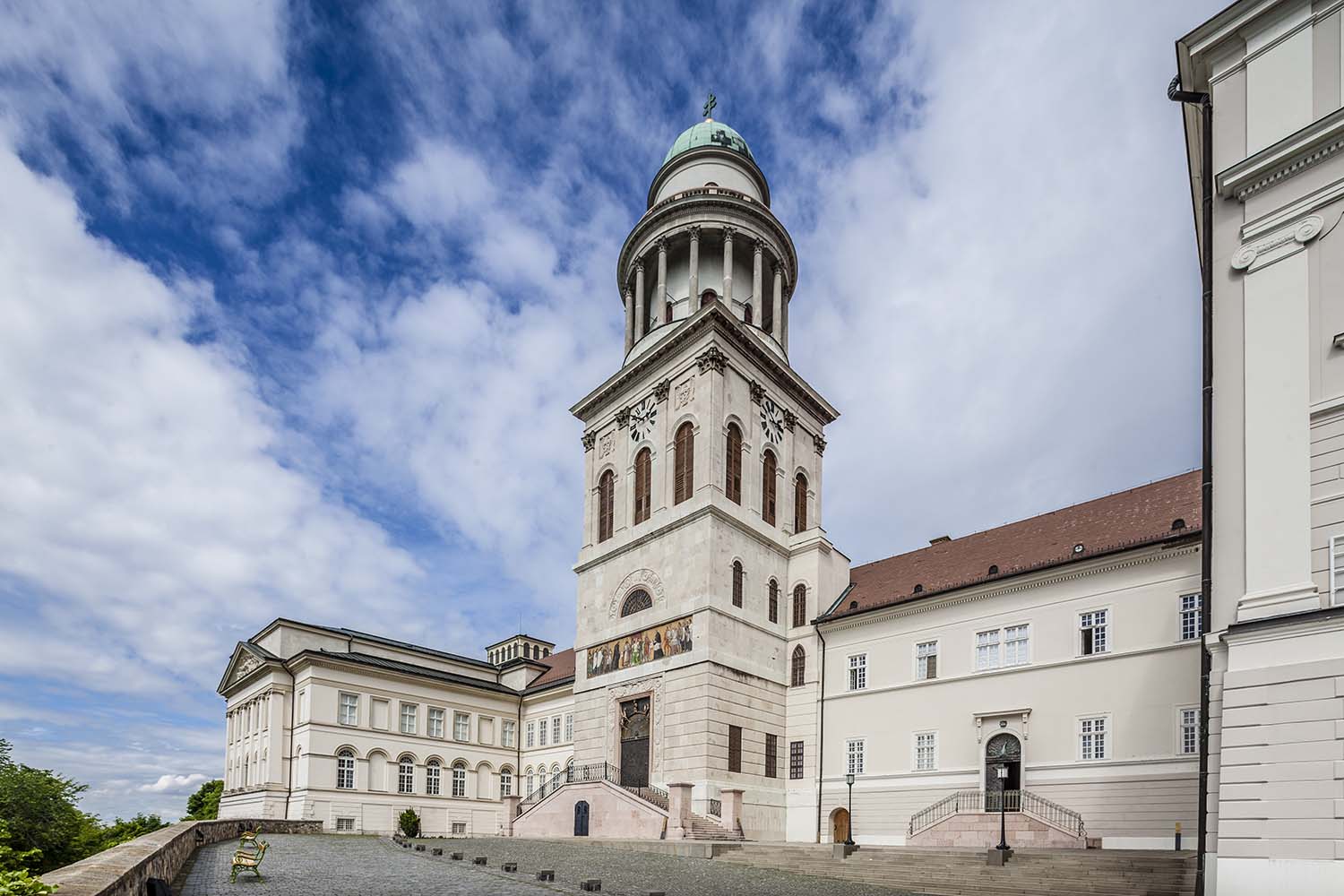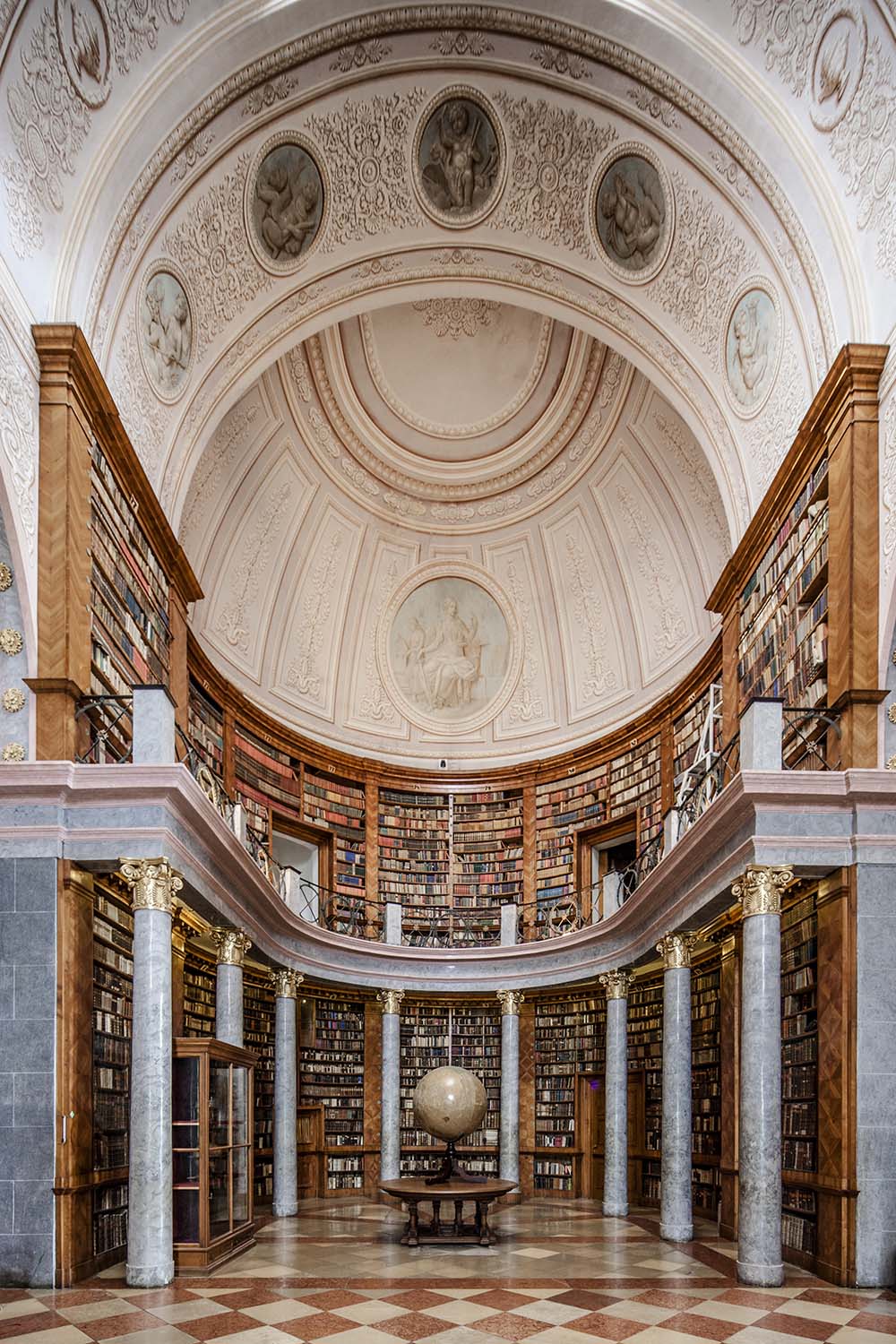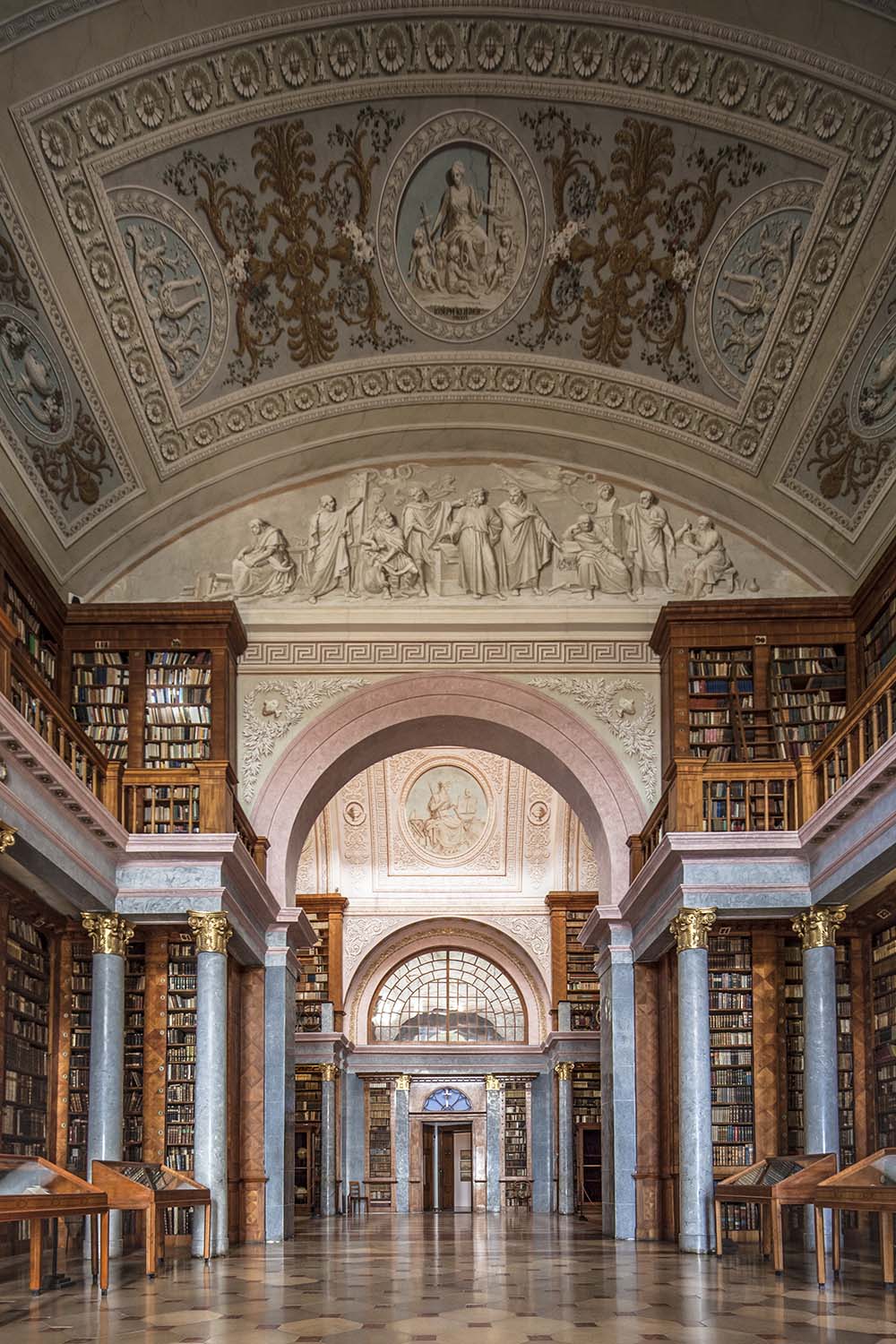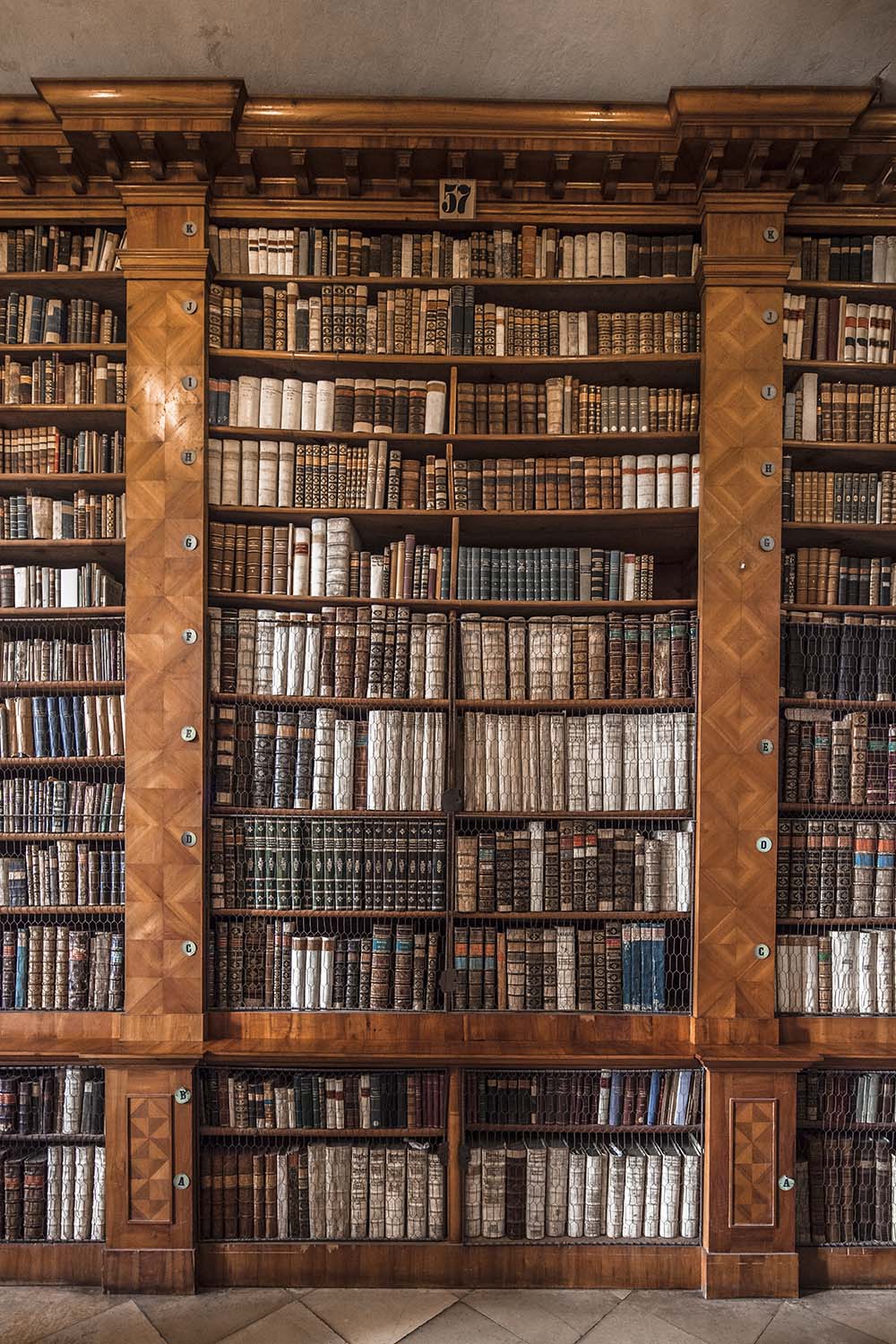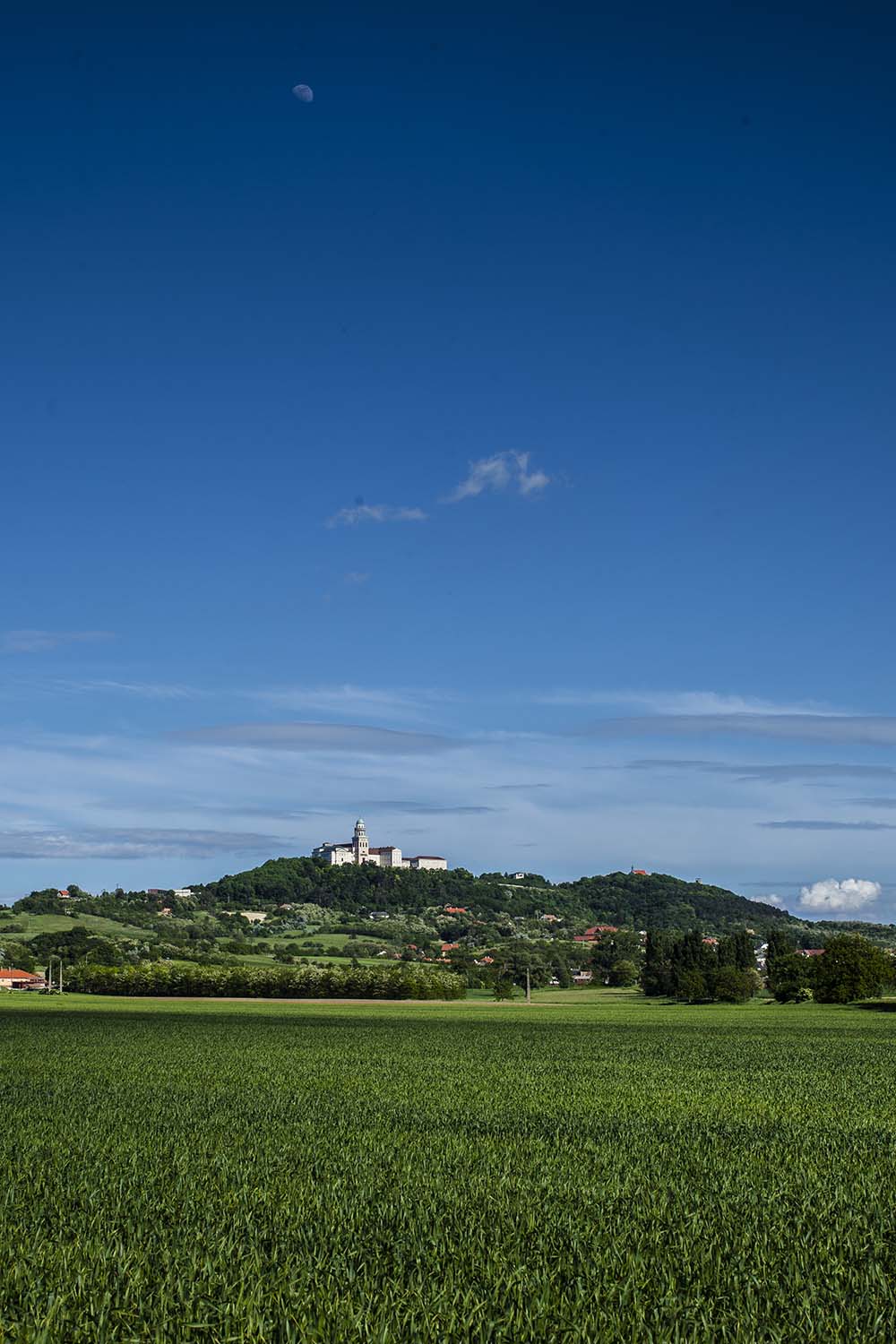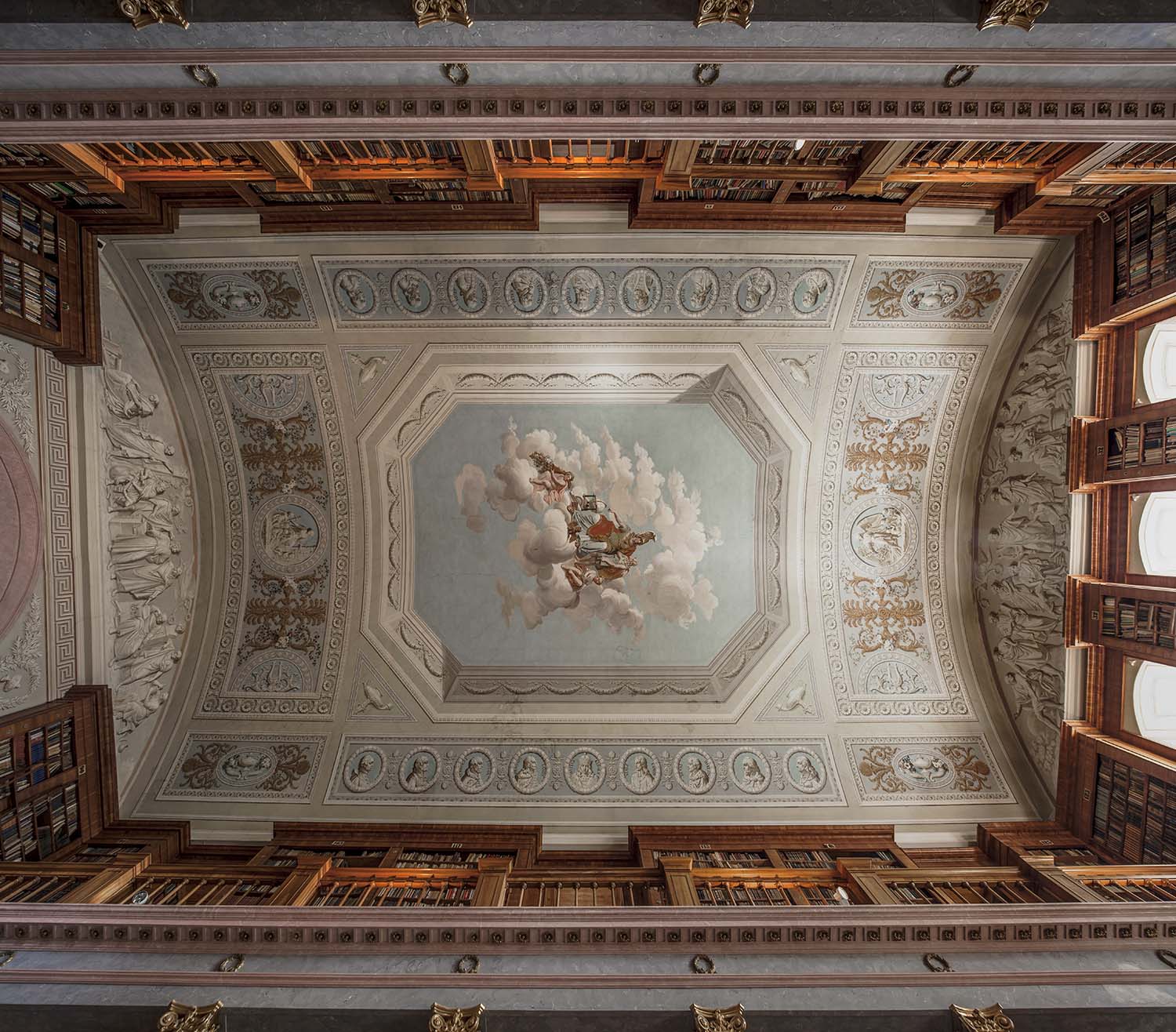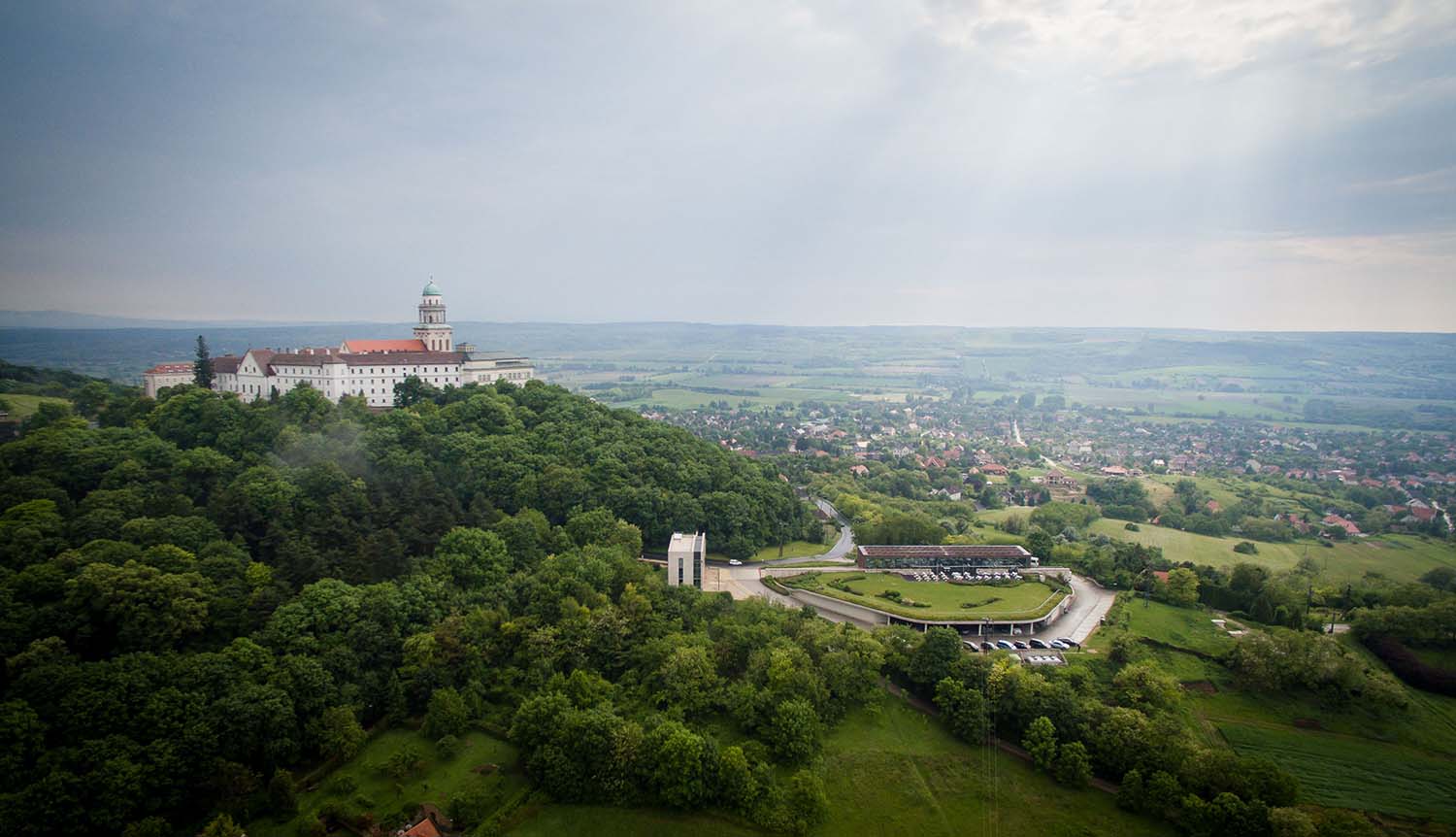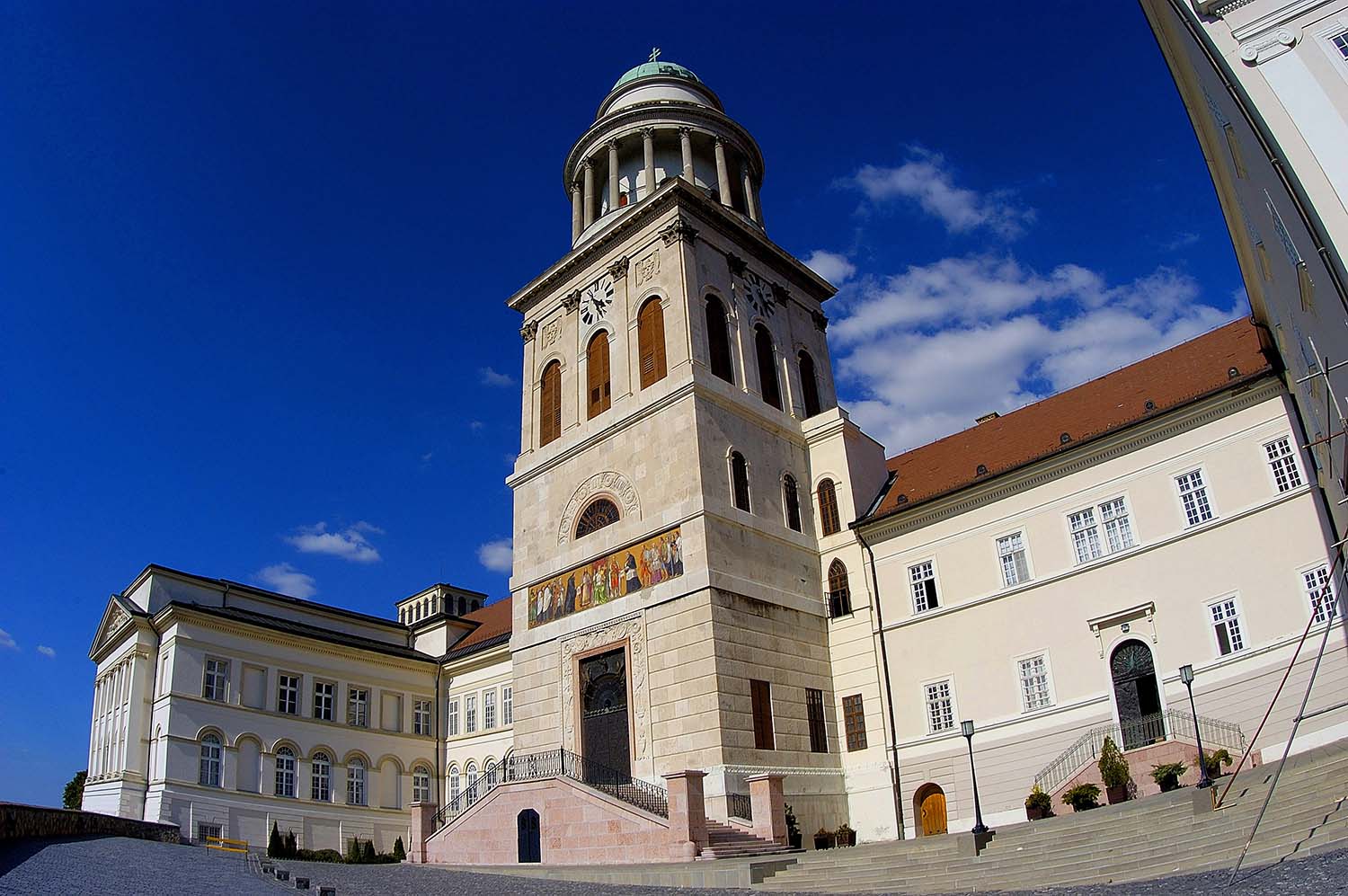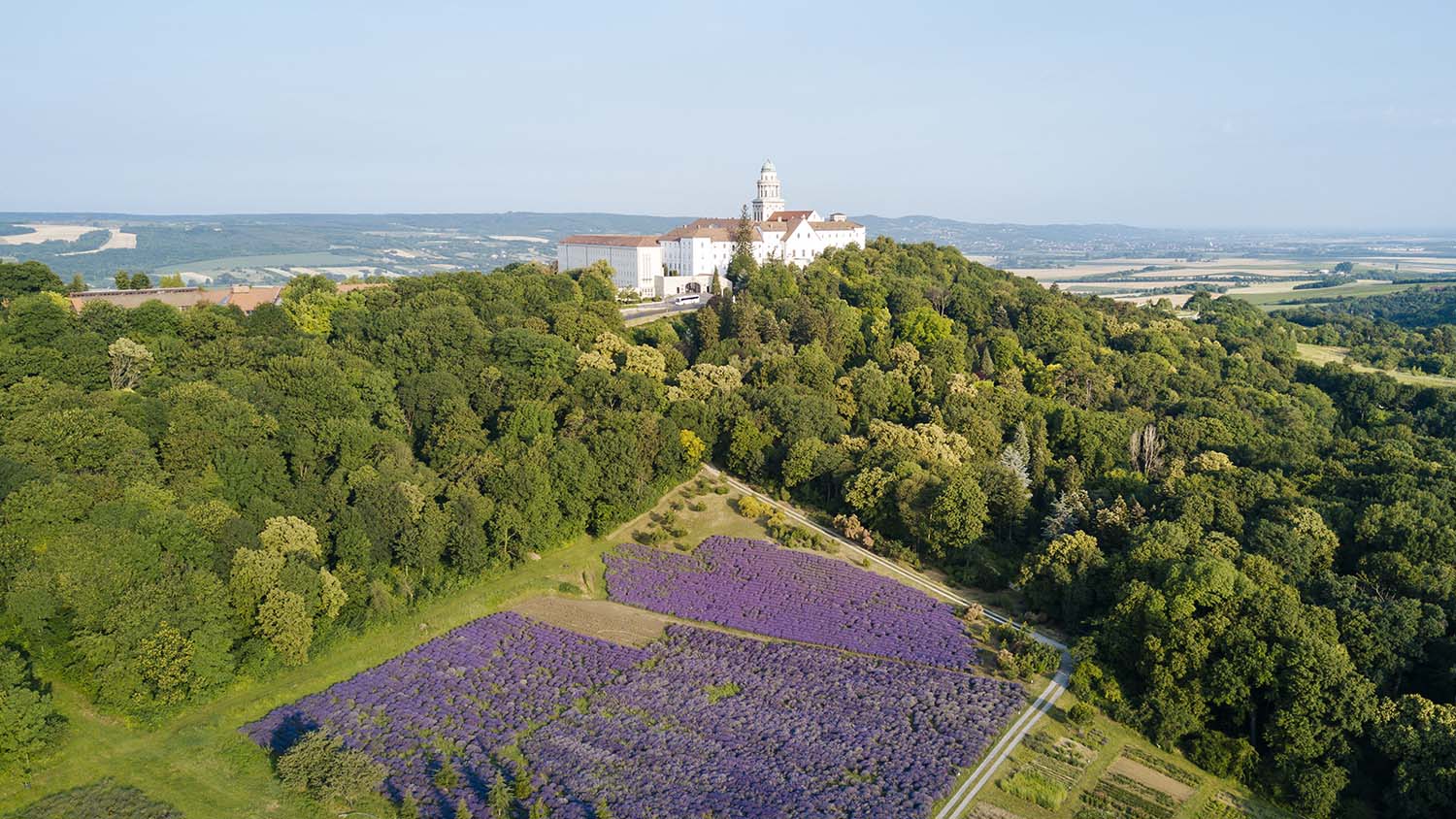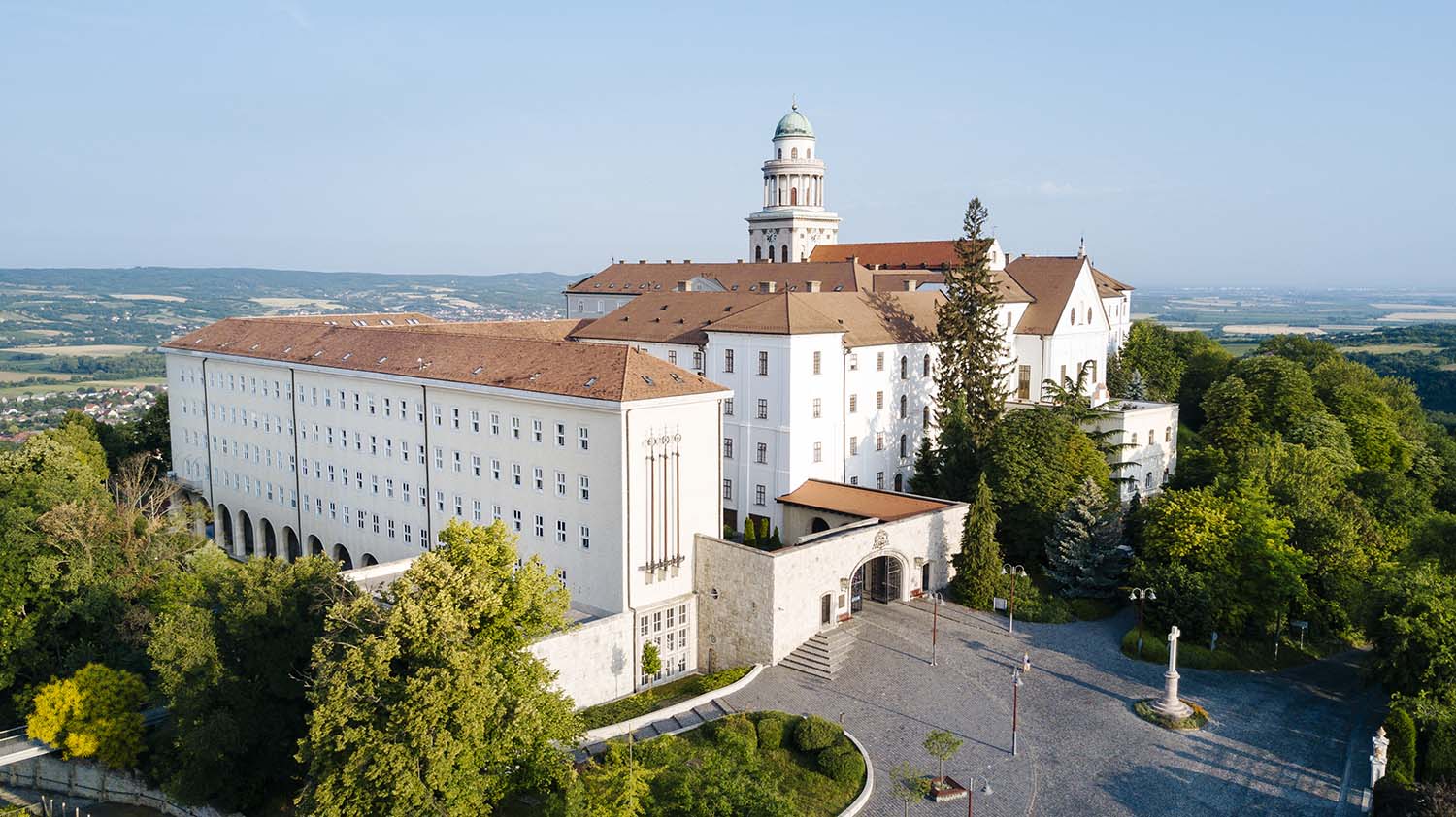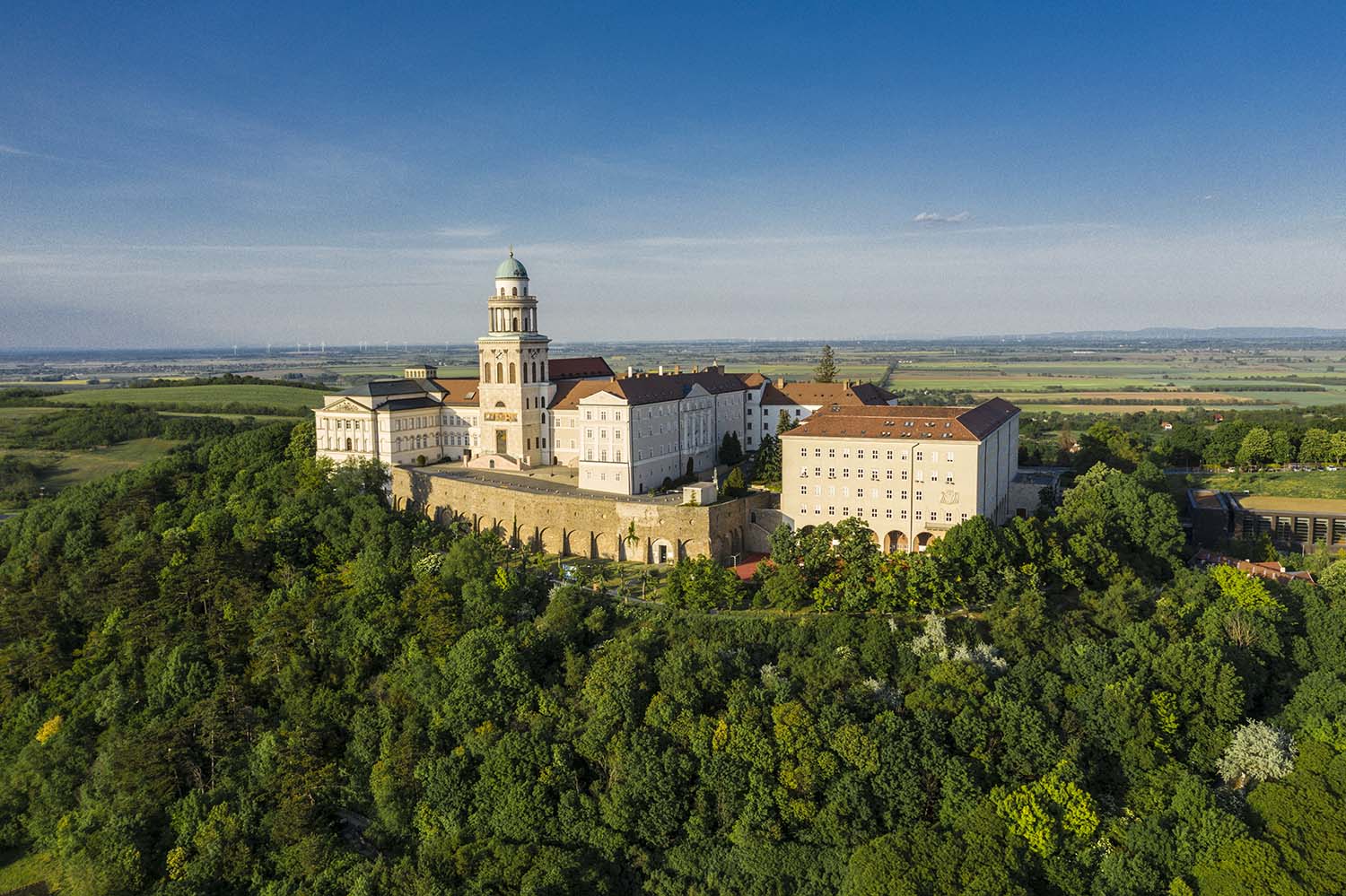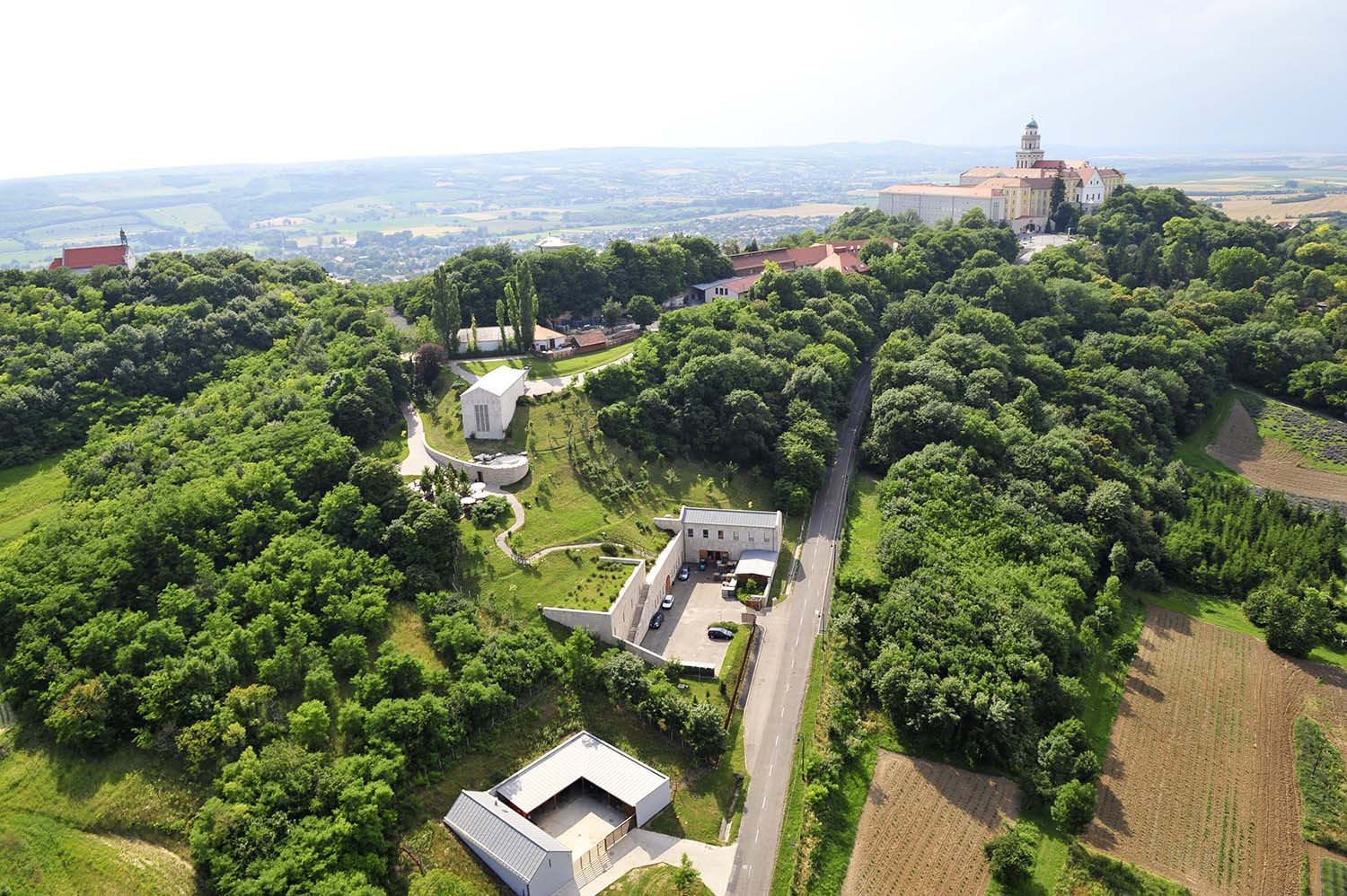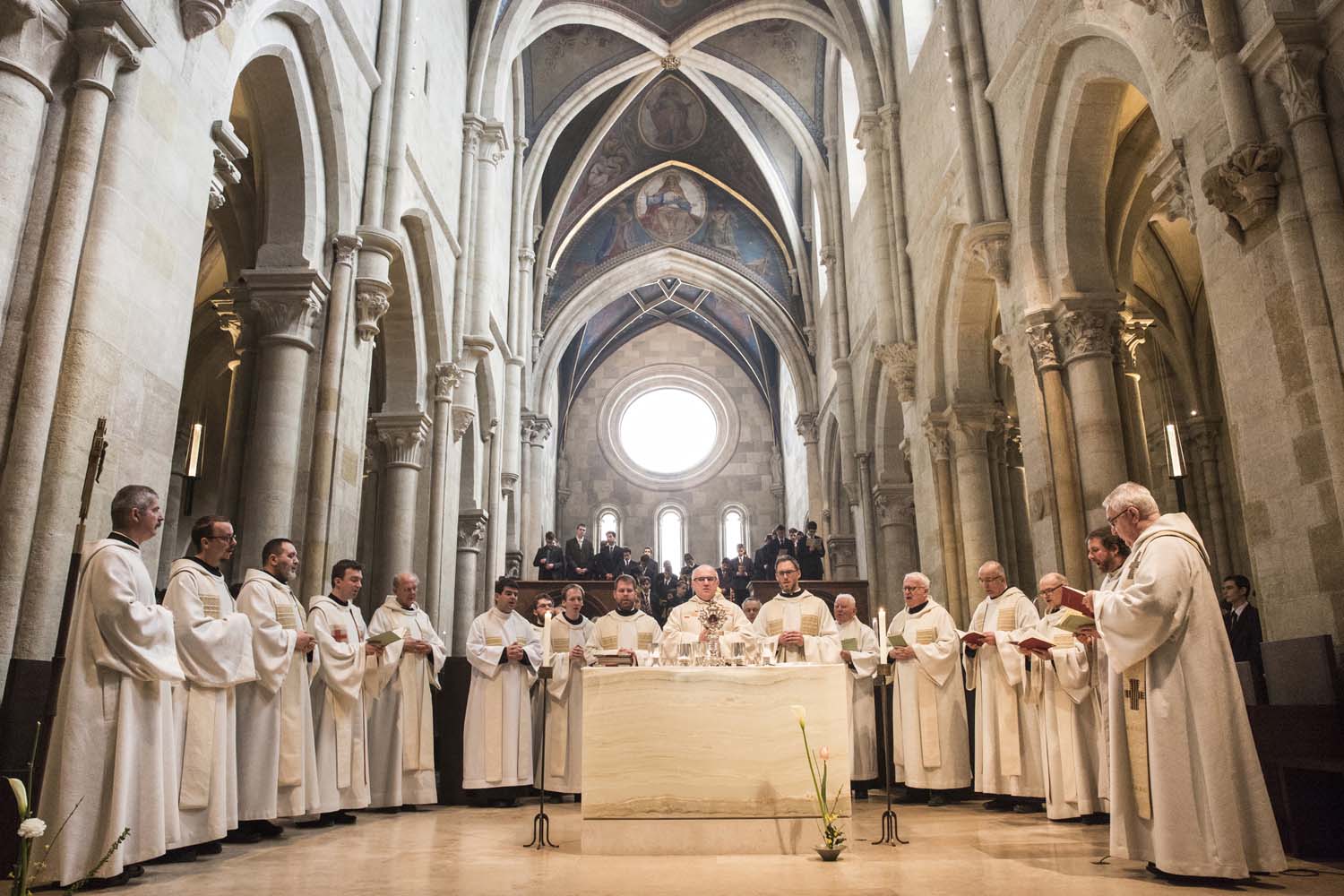
The Millenary Benedictine Abbey of Pannonhalma and its Natural Environment
Introduction
The ‘Millenary Benedictine Abbey of Pannonhalma and its Natural Environment’ was inscribed on the World Heritage List as a cultural site by the UNESCO World Heritage Committee in 1996, with the registration number 758. Founded by the Benedictine monks in 996 in honour of Saint Martin, Bishop of Tours, the monastery stands as a beacon on the high ground historically known as the ‘Sacred Hill of Pannonia’. It is a holy place where heaven and earth meet, bringing man closer to God.
Gallery
About the Site
The monastery of the Benedictine Order, played a key role in the spread of Christianity in medieval Central Europe, is as old as Hungarian statehood. The Abbey of Pannonhalma is an outstanding example of the thousand-year development history of a Benedictine Monastery. The location of the monastery, its links with the landscape and unique architectural structure are indicative of the organic intertwining of the Archabbey and its surrounding natural environment. The community of monks following the Rule of Saint Benedict still upholds the monastery as one of the centres of the Benedictine religious culture with unique continuity.
The Basilica of Saint Martin, consecrated in 1224, was the third church building erected on the same site, and it also retains the remains of the walls of the previous buildings. The main south gate, known as the Porta Speciosa, covered in red marble connects the church building with the cloister built on its south side. Next to the Cloister, the eastern wing of the building probably housed the chapter hall. To the south, the refectory (dining hall) and the calefactory (warming house) were located. The baroque Refectory built on the new site was designed by the Carmelite Martin Witwer and was built in 1724–27. The facade of the building is surmounted by a triangular pediment, and the interiors are decorated by the mural paintings of Antonio Fossati. The Abbey consists of a group of originally one-story buildings dating back to the 13th-15th centuries, it was enlarged to two storeys in the 18th century and a third story was added in 1912 built partially over the medieval cloister. Considerable modifications were carried out on the building during the early 18th century: the vaulted corridor and the monastic cells in the east-western wing are exceptional examples of the 18th-century monastic architecture of Hungary. The value of the Archabbey is further enhanced by its rich art and science collections. The Library of the Arcabbey was built in two stages between 1824 and 1835. The outstanding collection of the library consists of more than 400.000 volumes. Among the numerous valuable documents of the Archives of the Archabbey the original charter, the Establishing Charter of the Abbey of Tihany is the most famous piece from 1055, which contains 58 Hungarian words, being the oldest written record of the Hungarian language. The monastery is also significant for its picture gallery, engravings, numismatics and antiques collections, and treasury.
The visitor centre and catering establishments (VIATOR Abbey Restaurant and Wine Bar, Pausa Abbey Café, Saint James House), as well as the Abbey Winery and the Basilica (renovated in 2012) are displaying the clear designs of contemporary architecture that serve to maintain the puritan style of the Benedictine Order and represent the monastic community’s capacity for continuous renewal.
Map
Map of the thousand-year-old Benedictine Abbey of Pannonhalma and its natural environment as a World Heritage Site.

Outstanding Universal Value
The Outstanding Universal Value of the ‘Millenary Benedictine Abbey of Pannonhalma and its Natural Environment’ World Heritage Site is defined by Decision 37COM 8E (2013) of the UNESCO World Heritage Committee.
Representatives of the Outstanding Universal Value of the Abbey of Pannonhalma and its environment, the characteristic location, landscape connections, unique structure, organizational design and thousand-year development history of the site are the monastery buildings: the Basilica, the main monastery, the gymnasium, the Chapel of Our Lady, the Millennium Monument, the Botanical Garden and Herbal Garden, as well as the parks and forests of the Abbey. The site is a unique example of the diffusion of Christianity in Central Europe with the location of the Benedictine Monastery and its early date of foundation, as well as the continuing presence of the Benedictine monks who have been working for a thousand years towards building peace among countries and people. The Benedictine Abbey is an active centre of monastic life, including all of its aspects.
The attributes carrying Outstanding Universal Value are grouped around the continuously developing historical building complex, the continuously developing historical function, the historic gardens, landscape and natural environment, and the characteristic landscape.
The inscription of the Site on the World Heritage List is justified by its adherence to criteria (iv) and (vi).
-
Criterion (iv)
The Monastery of Pannonhalma and its surroundings illustrate in an exceptional manner the characteristic setting, the connections with its environment, the specific structure and the organization of a Christian (Benedictine) monastery that has evolved over a thousand years of continuous use. -
Criterion (vi)
The Benedictine Monastery with its location and the early date of its foundation in 996 bear special witness to the diffusion of Christianity in Central Europe, which is enriched by the continuing presence of the Benedictine monks who have been working towards peace among countries and people for a thousand years.
Contact
Abbey of Pannonhalma
Address: H-9090 Pannonhalma, Vár 1.
E-mail: info@osb.hu
Phone: +36 96 570 100
Fax: +36 96/470 011
www.pannonhalmifoapatsag.hu
